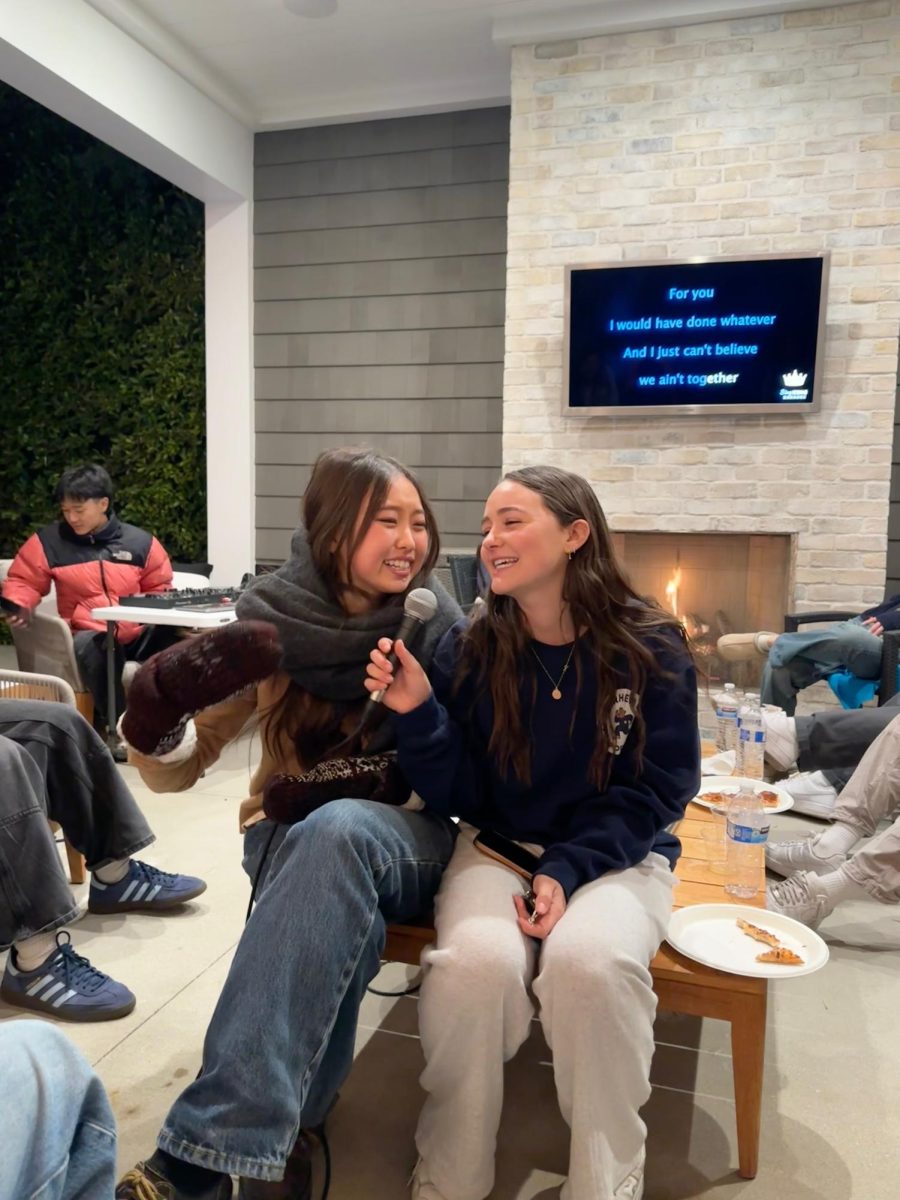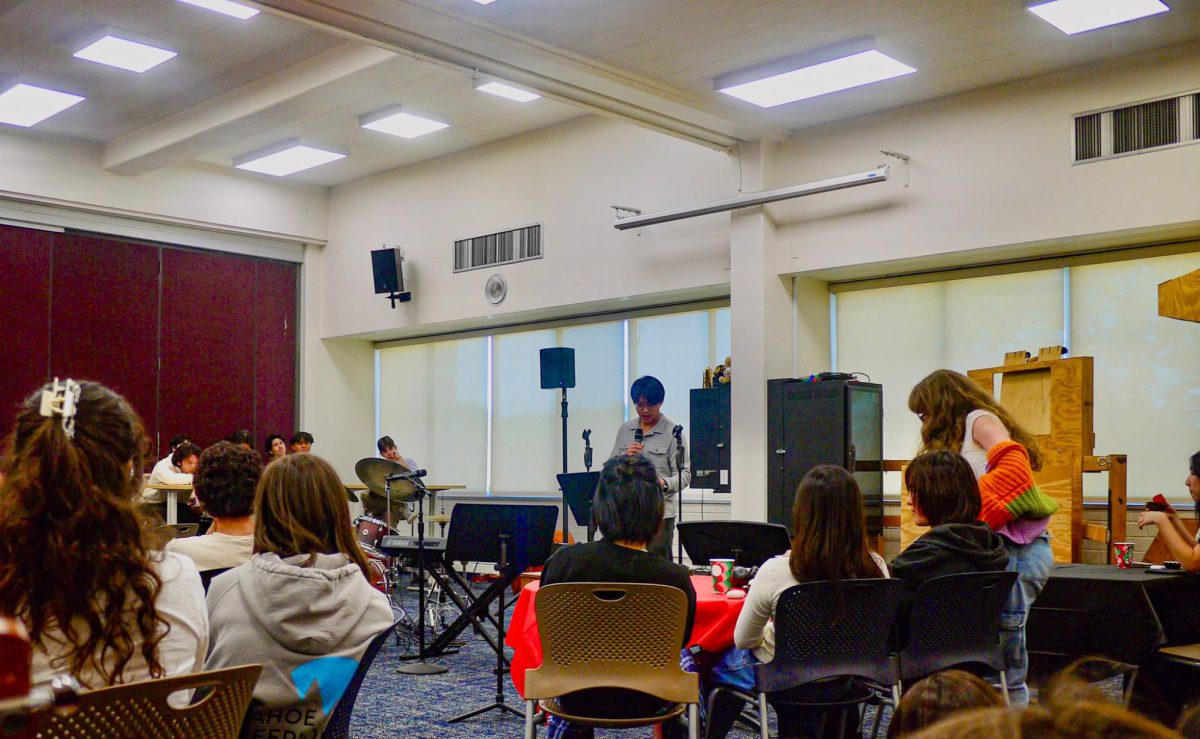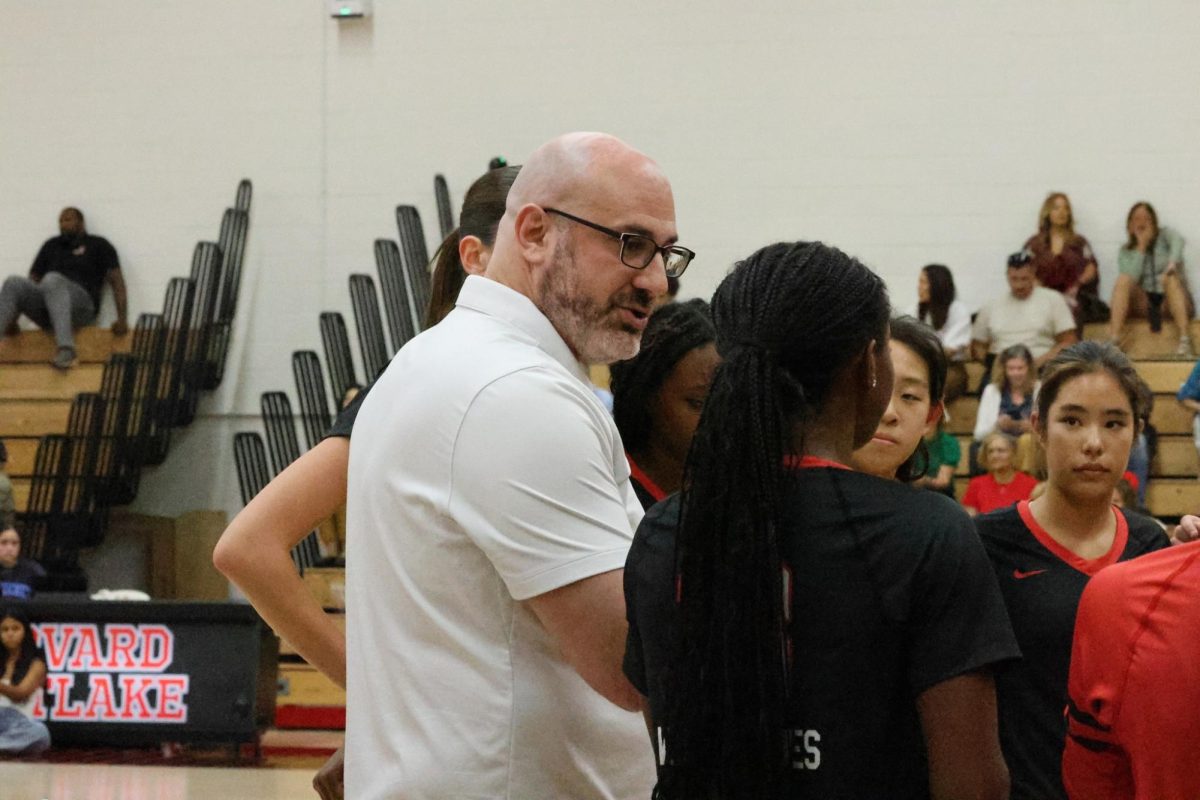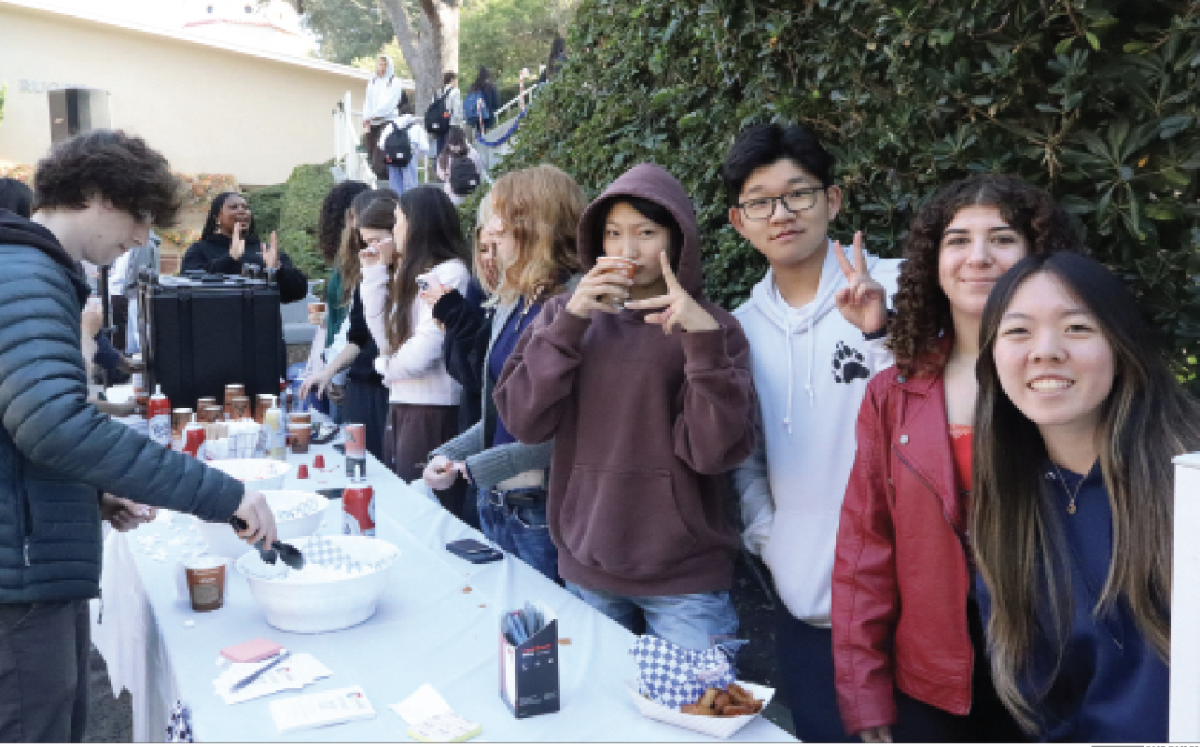AP Environmental Science students visited Will Rogers Beach on Jan. 10 to collect samples of trash. In class, they analyzed their findings and presented them in lab reports that detailed waste on the beach.
Depending on the question they sought to answer in their lab reports, students utilized different methods to collect data about trash on the shoreline.
Kailey Suh talks about her experience
For AP Environmental student Kailey Suh ’21, this entailed investigating how distance from the shore affected the amount of trash present.
“Every 10 paces from the shore, we dug [holes] in the sand to see if there was any trash and if there was, to record it on our data tables,” Suh said. “We even ended up finding a rubber duck one time which was quite surprising.”
Thomas Schramm ’21, another AP Environmental Science student, said that instead of trying to find the correlation between distance and trash amount, his group was attempted to discover the most common form of trash on the beach.
Thomas Schramm talks about trash collection technique
His group used a different technique in which every member covered two areas of the beach and searched for non-natural materials in the sand. The students used three different types of cups to sort out glass, plastic and paper.
AP Environmental Science student Conner Corley ’20, who investigated the proportions of glass, plastic and paper waste on the beach, stated that his group’s conclusions ended up contradicting some of the original assumptions they had before going to the beach.
“Our hypothesis was that since sea glass is commonly found in the sea, that must mean that glass will be the most frequently found [type of trash on the beach],” Corley said. “Instead, we found a lot of cigarette butts and lots of small pieces of plastic, but those can sometimes be the most dangerous to animals such as fish.”
Final Thoughts from Schramm
Schramm also mentioned the takeaways he got from the trip and how it applied to his environmental habits in everyday life.
“Identifying the most prominent type of trash will allow us to focus efforts on reducing the usage of that one specific type of trash, which is obviously important, but exploring the larger issue of trash like we did during this lab will also allow us to have a better understanding of how trash affects the environment that surrounds us,” Schramm said.
































